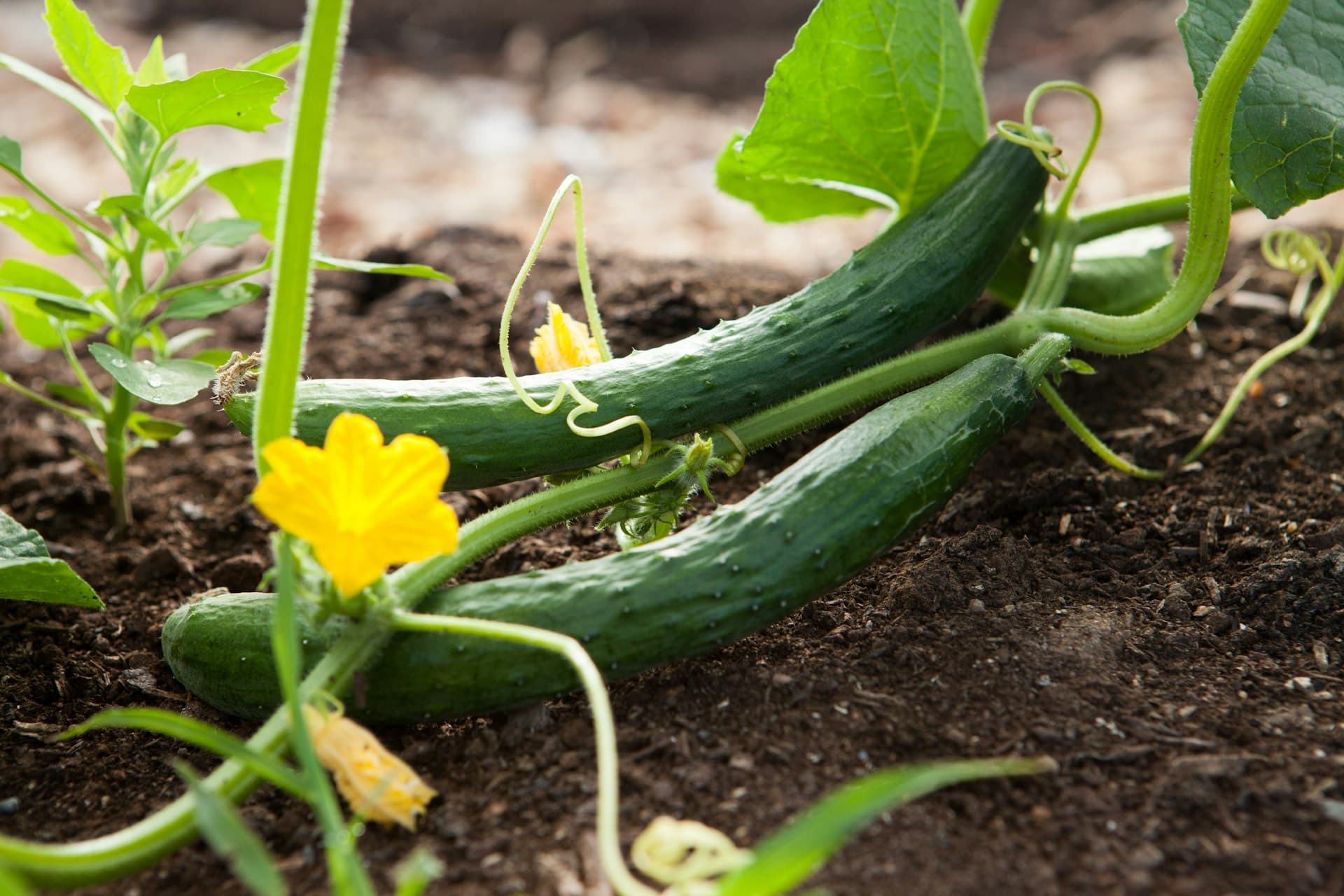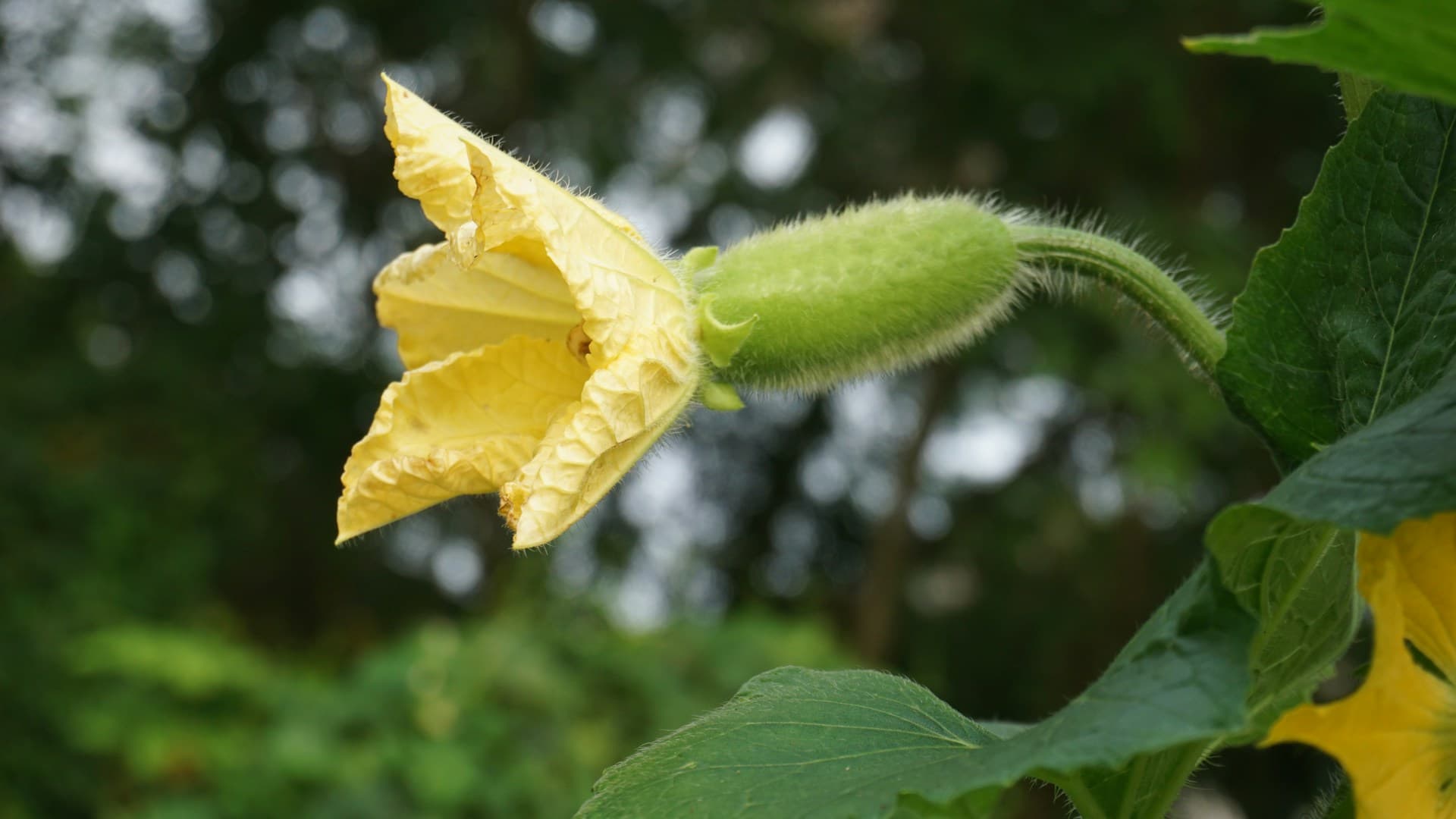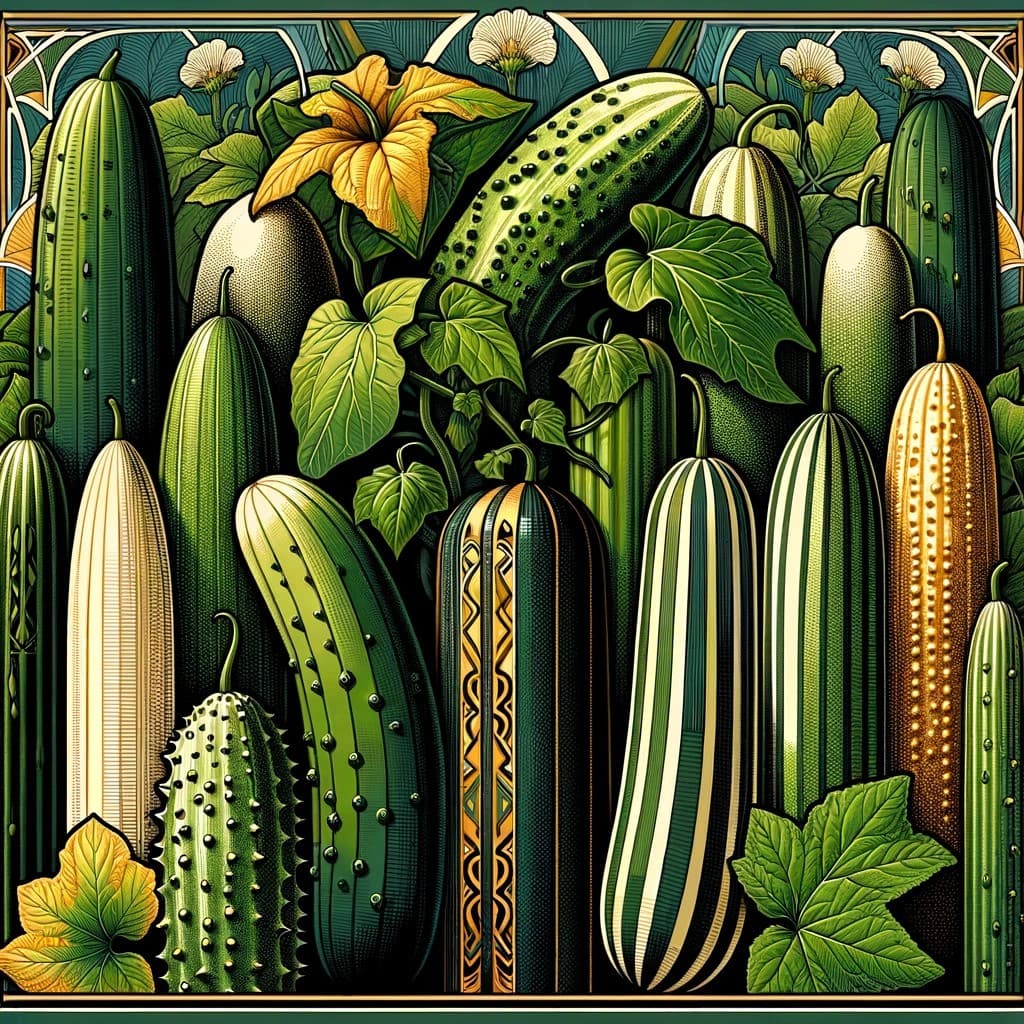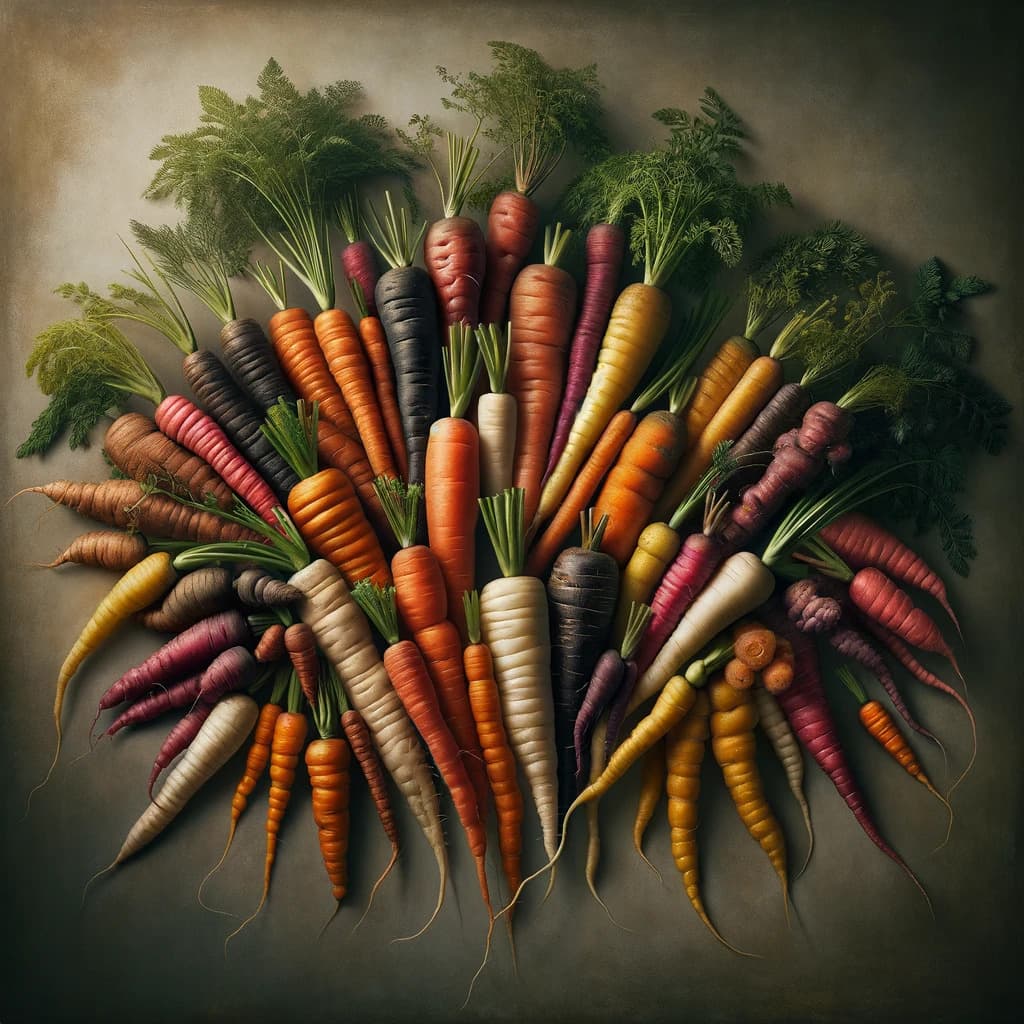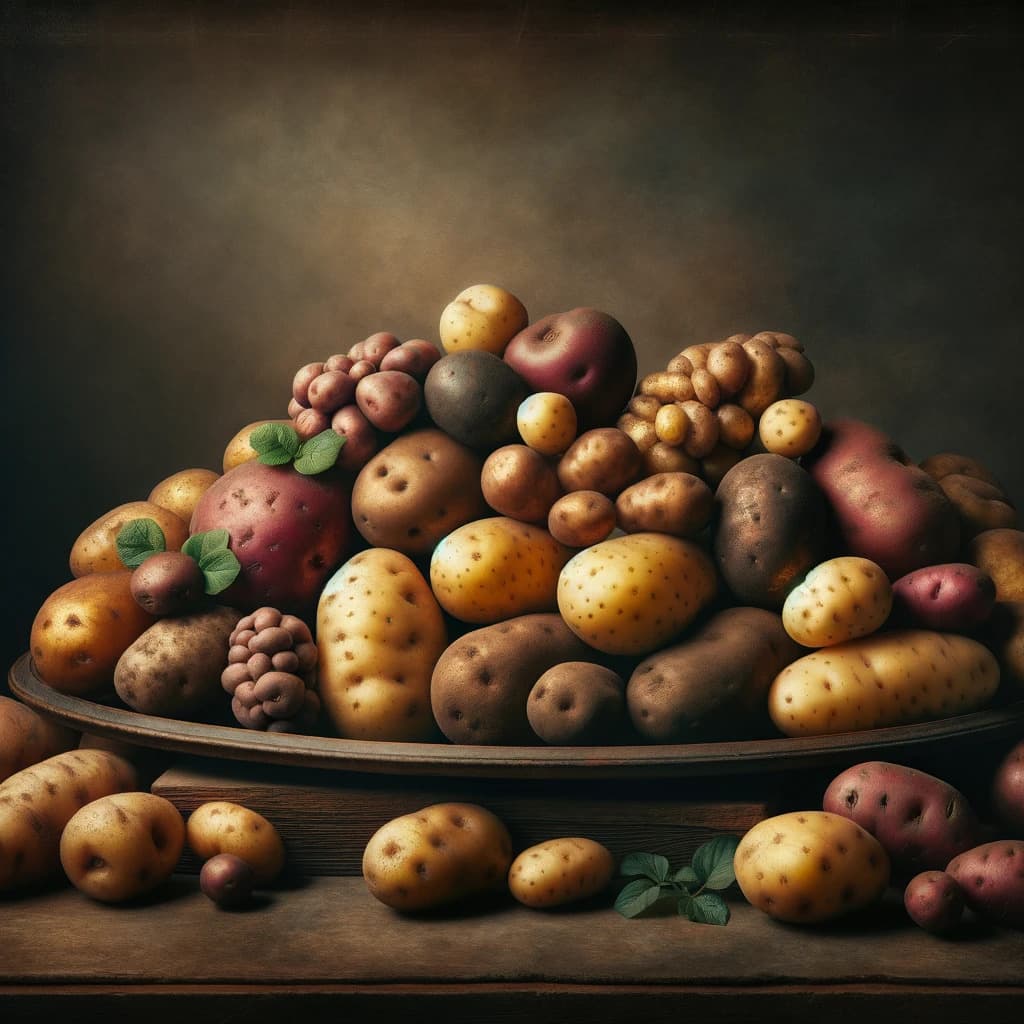Cucumber: Secrets of Cultivation

The cucumber is among the oldest and most popular vegetable crops. It's one of the few vegetables that are eaten unripe—the greener and smaller the fruits, the tastier they are.
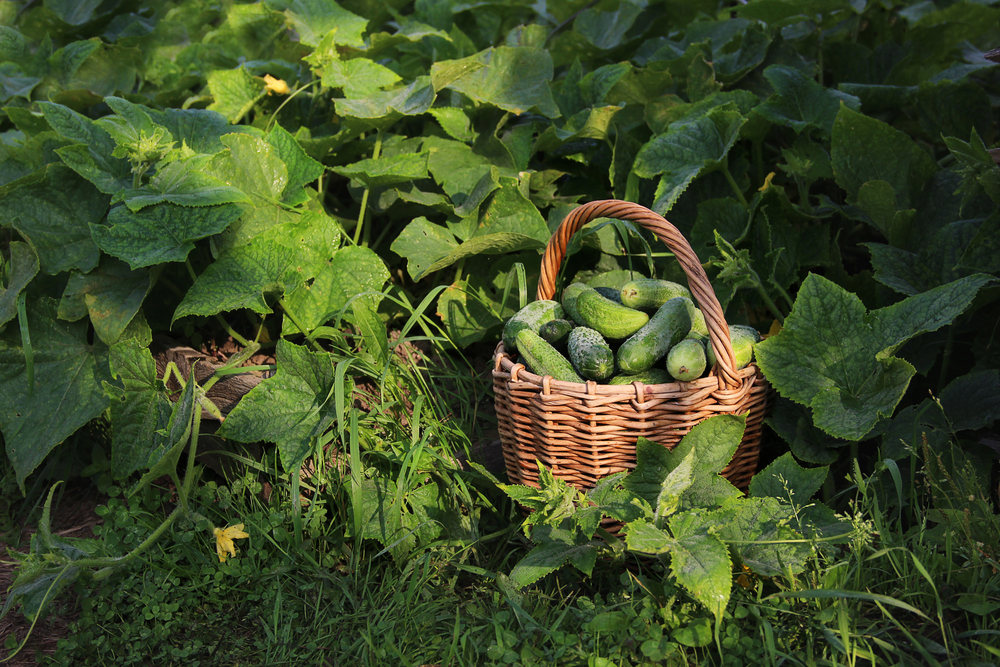
Active cultivation of cucumbers began in ancient times, about six thousand years ago, as evidenced by discoveries near the ruins of the Khazar city of Sarkel, where dried cucumber seeds were found. The Greeks called this vegetable "aguros", meaning "unripe and immature", from which the name "cucumber" originated. It was brought to Europe from India, the home of its ancestor, the wild cucumber—a tropical vine with long, branching tendrils, growing in forests.
Growing Cucumbers
Cucumbers can be grown either through seedlings or directly sown. They are extremely sensitive to cold, and successful seed germination depends on soil temperature—it must be at least +14°C.
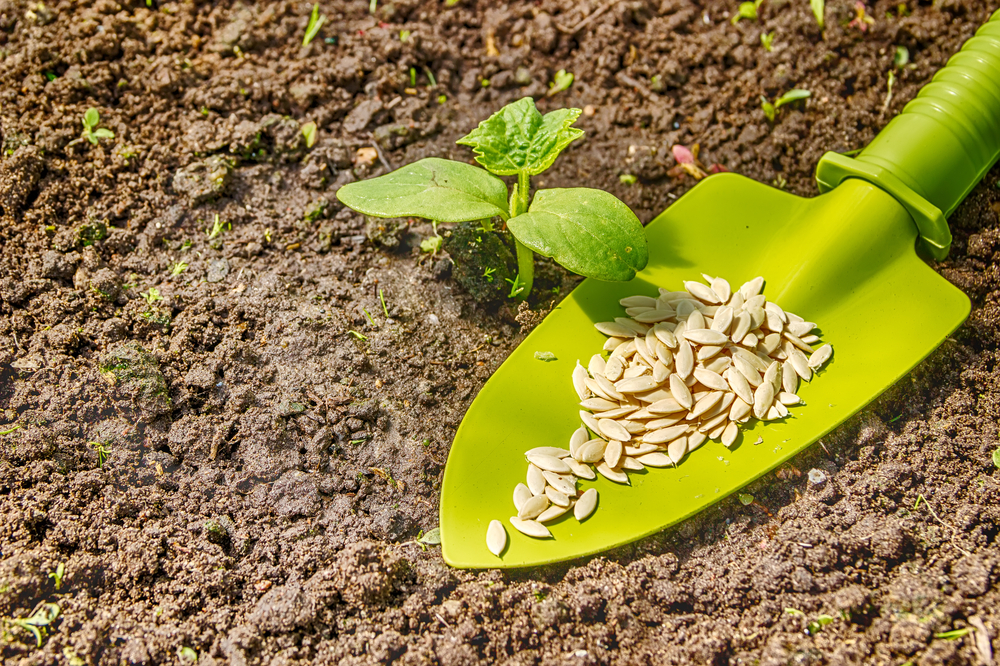
Cucumbers can be successfully cultivated in various soil types with adequate aeration and drainage, though they grow best in light, humus-rich soils. Many gardeners' experiences have shown that they respond excellently to the addition of various organic fertilisers, improving soil structure. Cucumbers should not be grown in the same place more often than once every five years; otherwise, they will be highly susceptible to diseases. The best predecessors include corn, tomatoes, peas, and early potatoes. When growing cucumbers, it is necessary to regularly provide them with various nutrients.
Growing from Seedlings
This method of cultivation significantly speeds up fruiting. For example, in open ground, the first harvest of cucumbers grown from seedlings can be obtained two weeks earlier than those grown by direct sowing. At the time of planting, the plants should have 3-4 true leaves, i.e., be 2-3 weeks old.
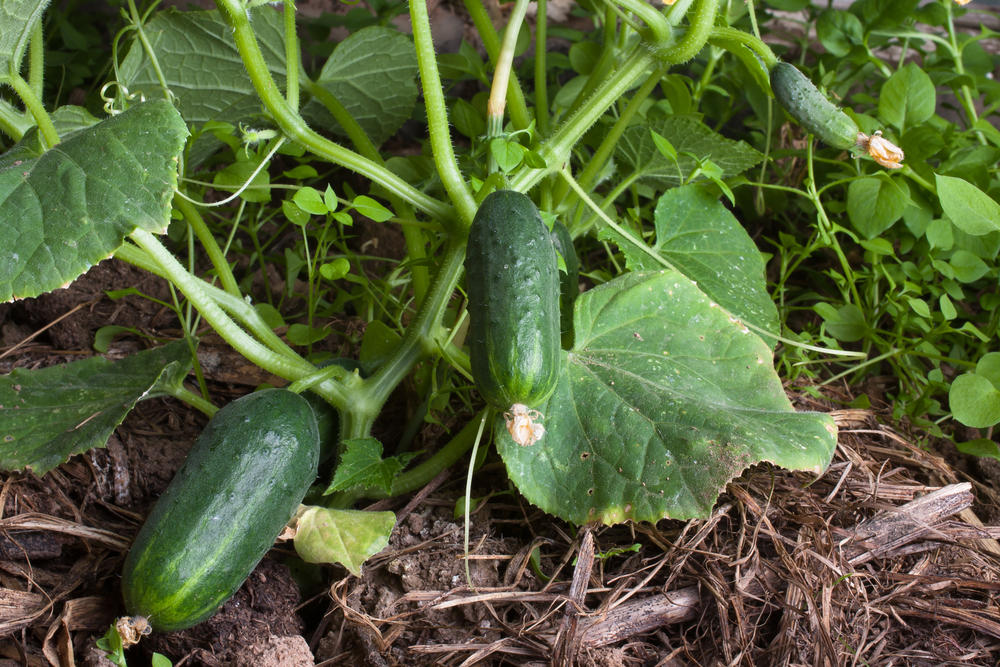
To grow cucumbers from seedlings, you need to:
- Take full-weight large seeds that have been pre-warmed (by keeping them near heating devices at a temperature of about +25°C for a month). Seeds warmed in this way will germinate more uniformly, plants will start fruiting earlier and will produce fewer empty flowers.
- Then, the seeds need to be disinfected: for this, you can use a garlic pulp infusion—30 g of garlic pulp per 100 ml of cold water. Keep the seeds in this infusion for 1 hour.
- After that, put them in fabric bags and soak for 12 hours in a nutrient solution: 1 litre of water + 1 tsp of sifted wood ash and nitrophoska.
- Then, after rinsing with clean water, lay them on slightly damp fabric and keep at a temperature of +20°C for about 2 days until fully swollen. Make sure the seeds only just begin to sprout.
- The final stage of pre-sowing treatment of cucumber seeds involves placing them in the fridge for a day.
Remember: hybrid seeds do not require pre-sowing treatment.
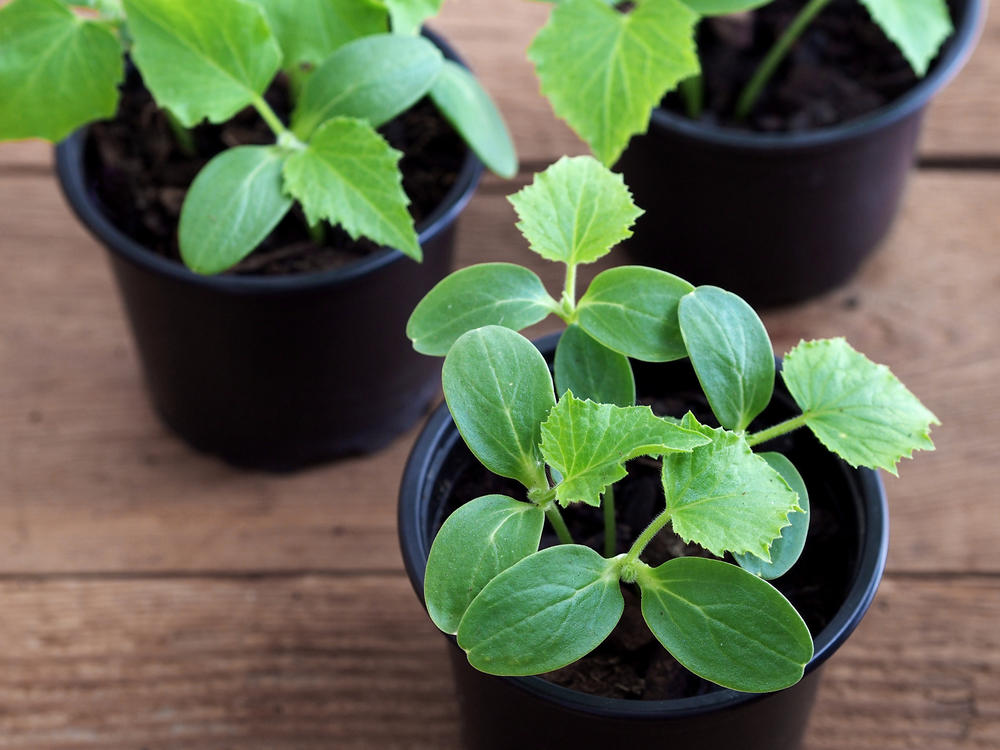
Cucumber seeds are sown throughout April in small containers about 10-12 cm high.
The nutritious soil mix should be prepared in advance: 1 part fine, old sawdust + 2 parts each of compost and peat. To 10 litres of this mix, add 1.5 tbsp of nitrophoska and 2 tbsp of wood ash. After thoroughly mixing the soil mix, fill the containers to the top, sow the sprouted seeds (one per container), and water lightly. The seedlings will be ready in 27-32 days. When the seedlings have 2 true leaves, they need to be fed with a special solution: mix 3 litres of warm (about +20°C) water + 3 tsp of nitroammophoska or nitrophoska. Throughout the entire period of growing cucumber seedlings, water them once a week, thoroughly soaking the container.
Sowing and Planting Cucumber Seedlings
The best soil mix is: 1 part sawdust, compost, peat, and loam soil (1:1:1:1). But, as we've already mentioned, almost any soil is suitable for growing cucumbers.
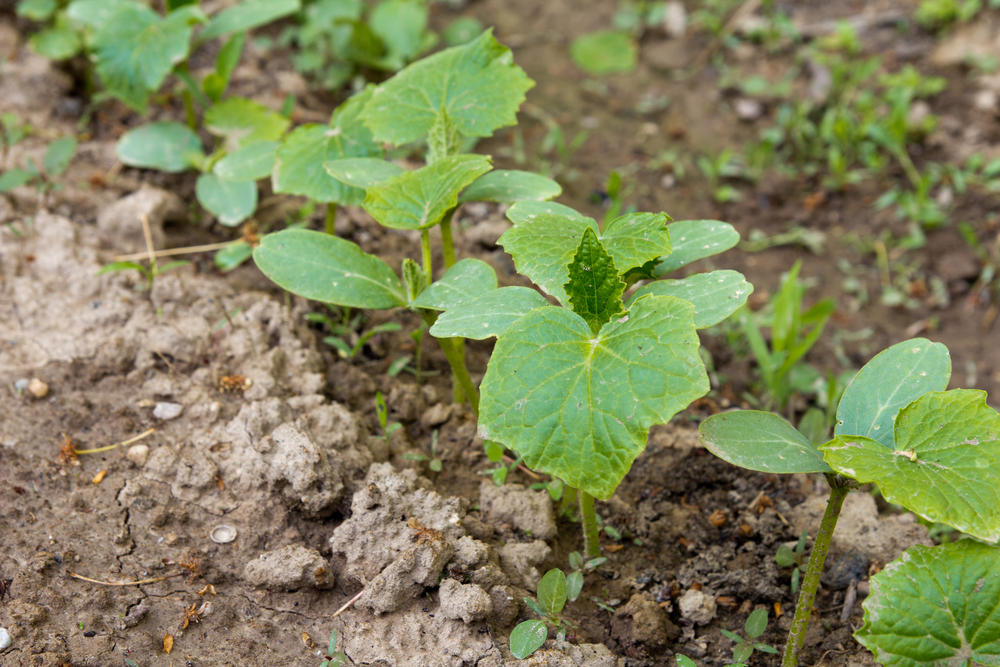
After forming the beds, water them with a solution: 10 litres of hot (+80...+90°C) water + 1 tsp of copper sulphate, using about 3 litres per 1 m², and leave for a day. On the day of planting cucumber seedlings or sowing seeds on the beds, make holes about 4 cm deep, about 60 cm apart from each other. Place the seeds in the holes, cover with soil and water, and plant the seedlings vertically.
Care
Cucumber beds should always be kept free from weeds. For the first 3 weeks, while the plants are small, carefully loosen the soil to a depth of 2-4 cm. Subsequently, loosening should
be carried out at least once a week.
During growth and fruit formation, cucumbers need a lot of water. For the highest yield, water using warm water: before flowering—every 6-8 days, during fruiting—every 3-4 days.
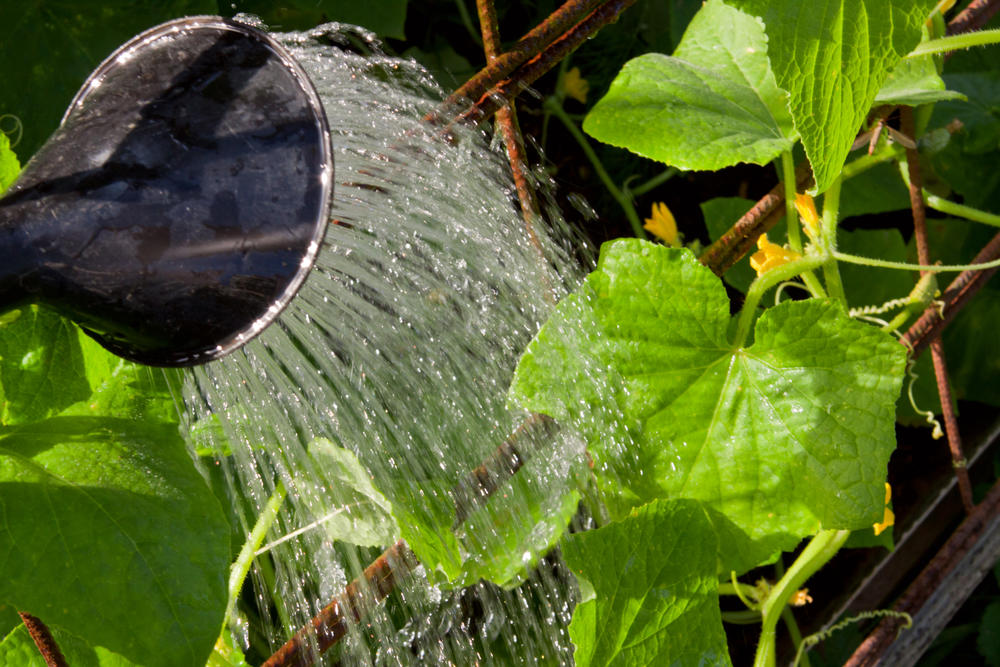
If water is not seeping well, make holes between the rows with a fork; such loosening will not disturb the root system of the plants. Do not water cucumbers with a strong stream from a hose, water only the soil, not the plants themselves.
Feeding
If growing cucumbers in a greenhouse, feeding should be carried out 5 times a season—with organic and mineral fertilisers.
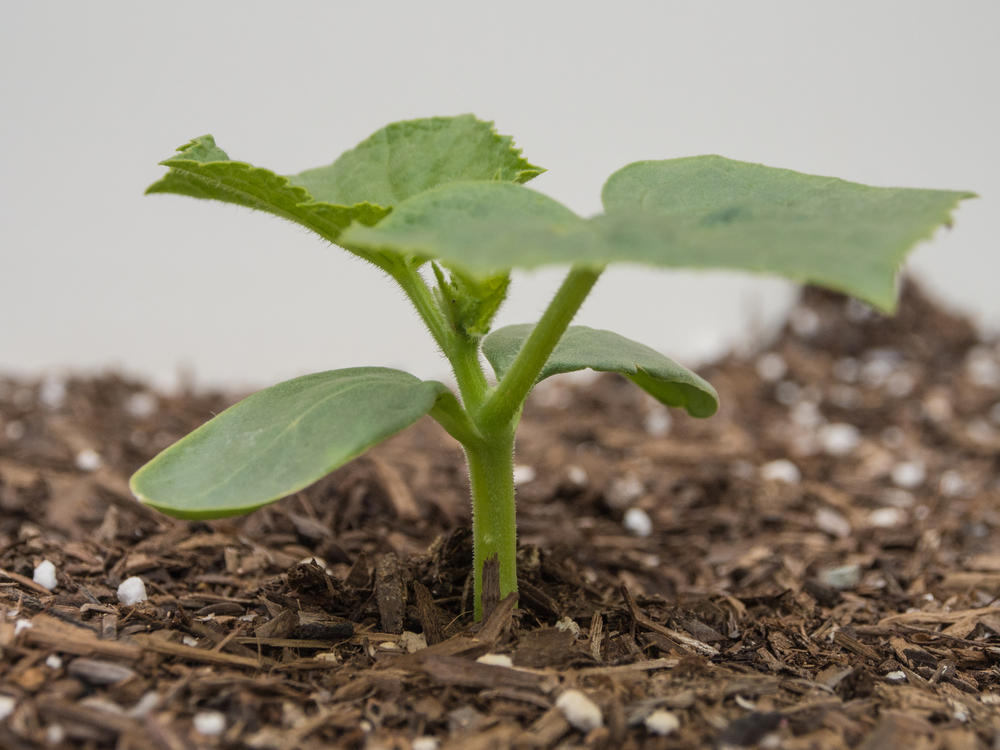
The first time we feed the cucumbers at the beginning of their flowering with the following solution: to 10 litres of water, add 1 tsp each of urea, potassium sulfate, and superphosphate, mix and introduce a cup of cow dung slurry. Instead of a cup of cow dung, you can take 1 tbsp of sodium humate.
During the fruiting period of cucumbers grown in open ground, they need to be fed about 4 times. The first feeding is carried out with a solution consisting of 10 litres of water, 1 tbsp of nitrophoska, and a cup of chicken manure slurry. All subsequent ones—with this: to 10 litres of water, add 1 tsp of potassium sulfate and 0.5 litres of cow dung, 4-6 litres of solution per 1 m² are needed. If there is no manure and cow dung, they can easily be replaced with compositions like "Kormilets", "Plodorodie", "Ideal" (all of them are natural humic fertilisers) or just sodium humate.
The process of feeding cucumbers in open ground is shown in the following video:
Care for cucumbers also involves tying up the plant shoots, which should be done regularly as they grow.
After the formation of 6-7 leaves, the main stem of the cucumber should be pinched, this stimulates branching of the plant and increases yield.
Don't forget about regular fruit picking (2-3 times a week); it will contribute to more abundant fruit formation.
Cucumber Hybrids for Open Ground
The number of cucumber varieties and hybrids is increasing every year. At the same time, their composition is significantly updated annually—preference is given to the earliest, well-fruiting, relatively resistant to various diseases.
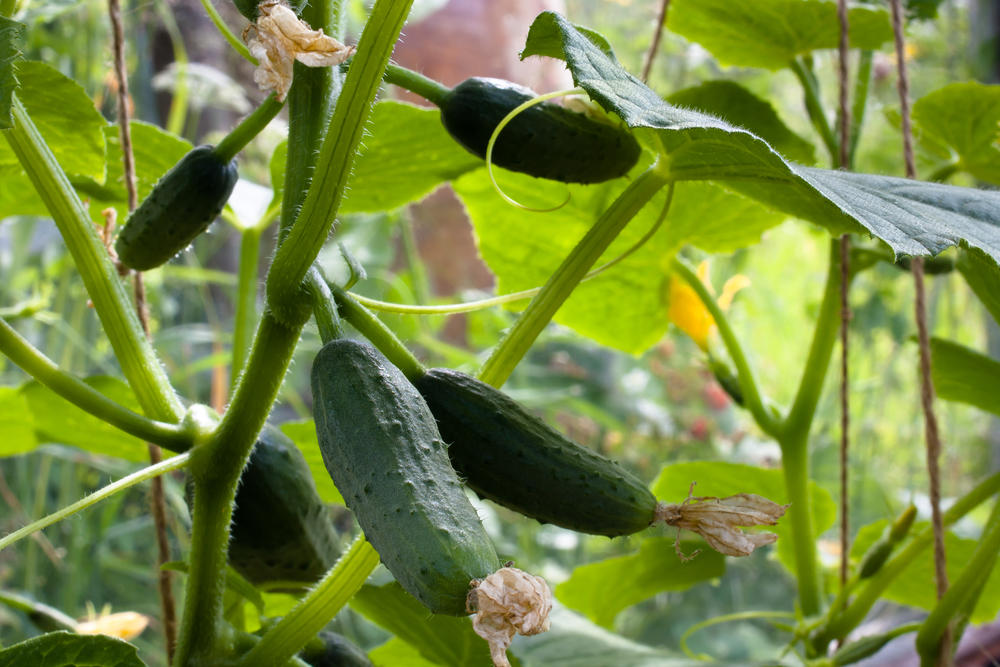
Remember, all F1 hybrids do not retain their unique properties in the second generation, so there is no point in collecting seeds.
'Farmer' F1 A medium-early, high-yielding bee-pollinated hybrid with predominantly female flowering, relatively cold-resistant, extremely resistant to powdery mildew and downy mildew as well as olive spotting. Cucumbers 'Farmer F1' are grown in protected and open ground. The fruit-cucumber reaches 12 cm. The peculiarity of this hybrid lies in the intensive growth of the main vine and the rapid appearance of lateral shoots, with the growth of which comes the peak of mass fruiting.
'Othello' F1 A uniquely early-ripening hybrid: the ripening of small-bumpy fruits occurs already on the 45th day after the emergence of seedlings.
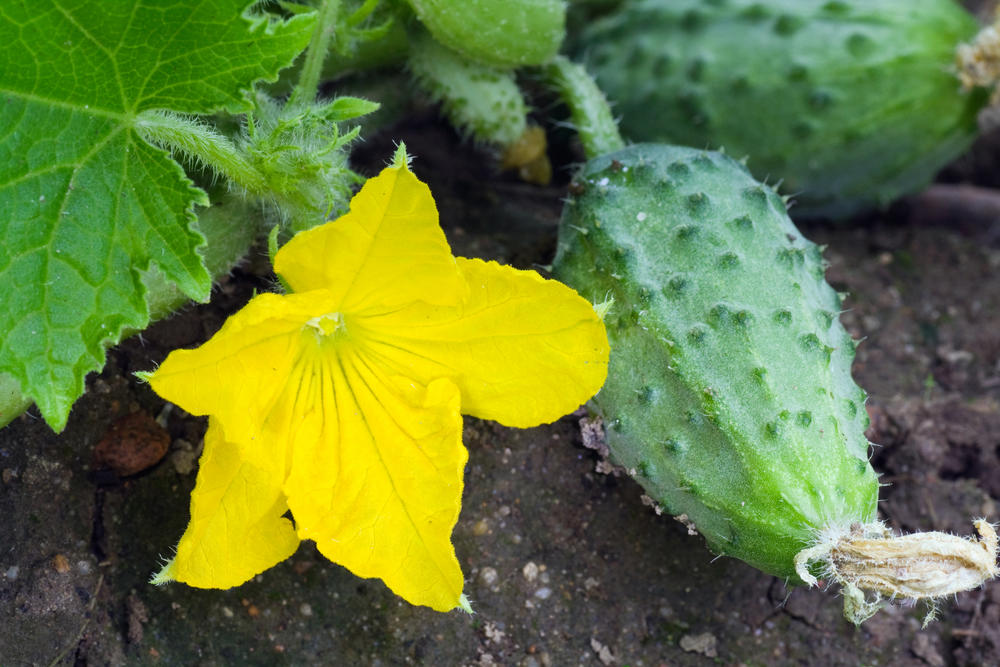
Crunchy 'Othello' F1 cucumbers are distinguished by a pleasant taste (even overripe fruits remain sweet), genetically devoid of bitterness. Fruits can maintain an excellent taste and commercial appearance for a long time. Resistant to powdery mildew, cucumber mosaic virus, downy mildew, and cladosporiosis. The hybrid is cultivated not only in open ground but also in greenhouses, as well as using temporary film shelters.
'Regina' F1 A medium-early hybrid. Used for growing under temporary film shelters and in open ground. Prone to parthenocarpy, quite resistant to cucumber mosaic viruses, root rots, agents of true (powdery) mildew, and cladosporiosis. Elegant fruits are also devoid of bitterness and are distinguished by excellent taste qualities, ripening already on the 50-55th day after the emergence of seedlings.
'Leandro' F1 A fairly early and high-yielding hybrid, resistant to stressful conditions and various diseases. Characterised by a female type of flowering, thanks to which it fruits well. Cucumbers with large bumps are excellent for pickling.
'Evita' F1 An early-ripening hybrid. Thanks to predominantly female flowering, it is distinguished by high yields. Equally ultra-resistant to stressful conditions and diseases. Recommended for cultivation in tunnels and open ground. Fruits - dense bumpy cucumbers are characterised by high pickling qualities: devoid of bitterness, with small seed chambers. Many vegetable growers consider it the best hybrid for canning.
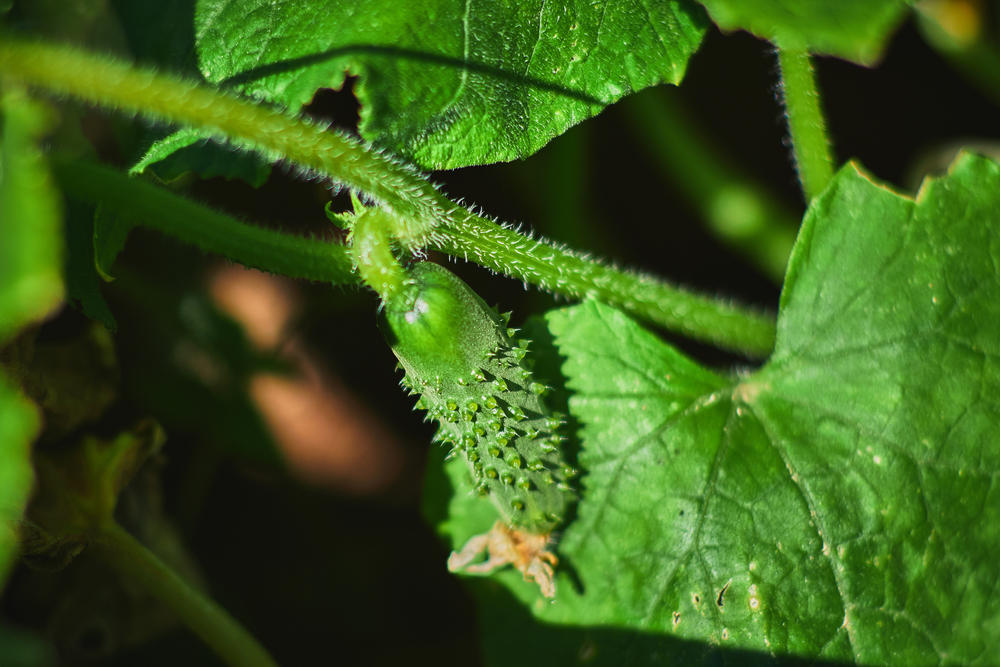
In addition to the above,
such cucumber varieties are good for cultivation in open ground, such as: 'Parisian gherkin'; 'Crane'; 'Desdemona'; 'Moscow gherkin'.
Choose cucumber seeds for open ground with the help of our market – an illustrated catalogue, which features products from different online stores.
Cucumber Hybrids for Protected Ground
The first includes bee-pollinated: fruit production will require pollination by insects.
'Octopus' F1 A high-yielding early-ripening gherkin-type hybrid. Cylindrical dark-green, spiky fruits, absolutely devoid of bitterness, reach 5-10 cm in length.
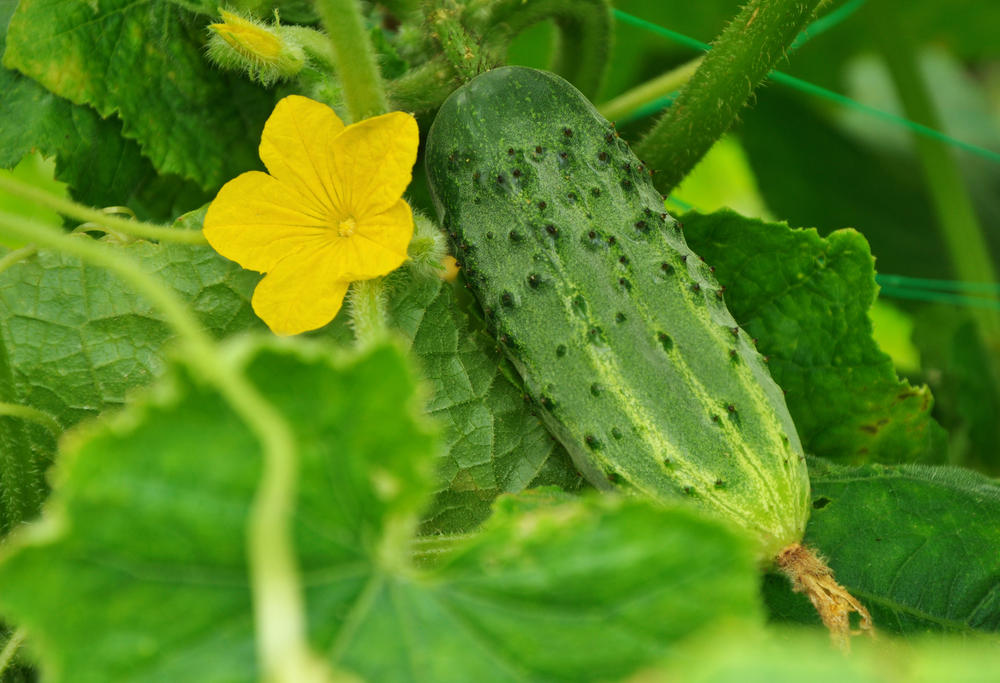
'Octopus' F1 is resistant to bacterial wilt, cladosporiosis, and relatively resistant to root rot and downy mildew.
'Spring' F1 A medium-ripening hybrid. The length of the main vine is about 3 m, with medium branching. Cylindrical fruits, with a smooth base, slightly bumpy, without bitterness. In one bunch, 3-4 fruits form simultaneously, the mass of green fruits reaches 100 g.
'Cuckoo' F1 An early-ripening hybrid, partially parthenocarpic. Fruiting occurs already on the 45-50th day after the emergence of seedlings. Cylindrical fruits, rarely bumpy, without bitterness, 13-25 cm long. Up to 25 kg of cucumbers are harvested per 1 m².
The second section includes parthenocarpic hybrids, which set fruits without insect pollination.
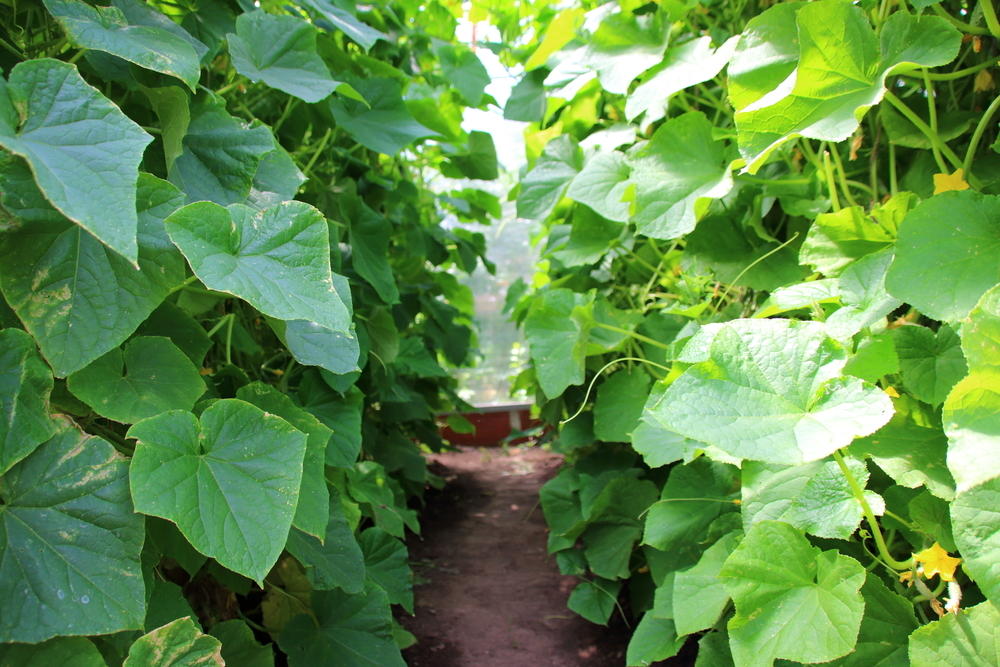
We have selected the best of the best.
'Prince' F1 Early: fruiting occurs already on the 43-55th day after mass seedling emergence. Green fruits are large-bumpy, cylindrical in shape, 20-22 cm long, weighing 150-190 g. Excellent taste qualities (without bitterness), suitable for both fresh consumption and canning. Characterised by complex resistance to ascochyta, powdery mildew, brown spotting, and peronospora.
'Prestige' F1 A self-pollinating ultra-yielding early-ripening hybrid. With proper agricultural technology, you can get over 25 kg of high-quality gherkins per 1 m²: the fruits do not taste bitter, and they store well.
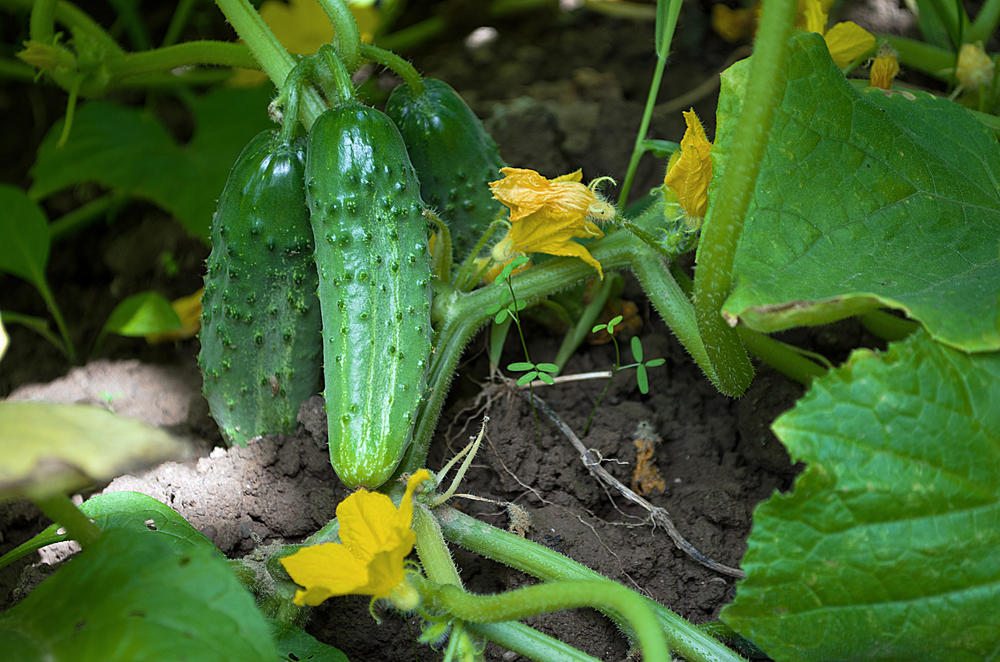
Distinguished by a long fruiting period, moreover, it is resistant to diseases and quite easily withstands stressful conditions. Gives the most stable yields under film. It can grow well not only in open ground but also on a balcony or windowsill.
'Patti' F1 A recently developed early self-pollinating hybrid. Mainly characterised by a female type of flowering, i.e., produces many cucumbers: the fruits are small-bumpy, with elastic flesh. 'Patti F1' is also resistant to various diseases.
Choose cucumber hybrids for protected ground with the help of our market, where products from the largest online stores for gardeners and vegetable growers are presented.
